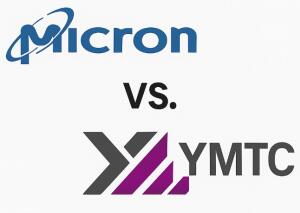by Dennis Crouch
Micron Technology has petitioned the Supreme Court for a writ of mandamus to reverse a discovery order requiring the company to produce 73 pages of its most sensitive source code in paper form to Chinese state-owned semiconductor manufacturer Yangtze Memory Technologies Company (YMTC). The case, In re Micron Technology Inc., presents significant questions about the enforcement of protective order terms and the consideration of national security concerns in patent litigation discovery. The dispute centers on YMTC's request for printed copies of source code from Micron's "150 Series Traveler Presentation," which apparently describes the company's most technologically advanced 3D NAND semiconductor products and contains code that fewer than a dozen of Micron's 50,000+ employees have access to. Micron is seeking to turn this into a national security and competitiveness issue based upon the fact that YMTC was only founded in 2016 but has already become the global leader in 3D NAND flash based upon strong support from the Chinese government. The company is also listed in the "Entity List."
To continue reading, become a Patently-O member. Already a member? Simply log in to access the full post.
